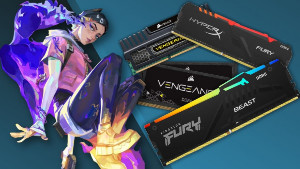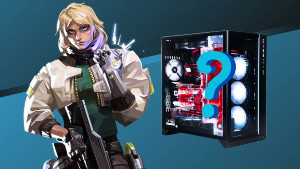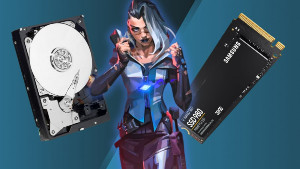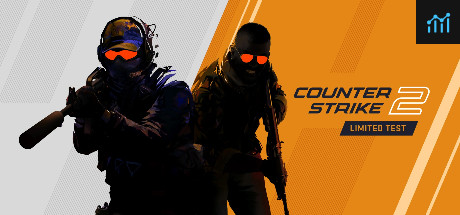Pizza Tower System Requirements
Pizza Tower system requirements 2025 - can your PC run Pizza Tower?
Pizza Tower minimum requirements
- Memory: 512 MB
- Graphics Card: NVIDIA GeForce GT 1030
- CPU: Intel Core 2 Duo Q6867
- File Size: 300 MB
- OS: Unknown
Pizza Tower recommended specs
Unknown recommended system requirements
Can you run it? Test your computer against Pizza Tower system requirements.
Can I Run Pizza Tower?
Pizza Tower system requirements state that you will need at least 512 MB of RAM. To play Pizza Tower you will need a minimum CPU equivalent to an Intel Core 2 Duo Q6867. In terms of game file size, you will need at least 300 MB of free disk space available. Provided that you have at least an NVIDIA GeForce GT 1030 graphics card you can play the game.
Pizza Tower will run on PC system with and upwards.
Looking for an upgrade? Try our easy to use Pizza Tower set up guides to find the best cards. Filter for Pizza Tower graphics card comparison and CPU compare. We'll help you find the best deal for the right gear to run the game.
Pizza Tower FPS - what frame rate can you expect?
How many FPS will I get on Pizza Tower? We reference thousands of reports from PCGameBenchmark users running our FPS tracking app to tell you exactly how Pizza Tower performs across a range of different settings and resolutions on the most popular PC gaming setups.
What frame rate does Pizza Tower run at?
Here are the typical frame rate samples
| Avg FPS | CPU | GPU | RAM |
| 50 | Intel Core i5-8365U | Intel UHD Graphics 620 | 16 GB |
| 46 | Intel Core i5-4590 | NVIDIA GeForce GTX 1050 Ti | 16 GB |
| 45 | Intel Core i5-10300H | NVIDIA GeForce GTX 1650 | 8 GB |
| 45 | Intel Core i7-6600U | Intel HD 520 | 8 GB |
| 38 | Intel Pentium Silver J5040 | Intel UHD 605 | 8 GB |
What frame rate does Pizza Tower run at? Check our FPS Calculator
Are you experiencing Pizza Tower FPS drops and stutters? Want to know exactly how the game performs on your system? You can get a free easy FPS test for all your games using the PCGameBenchmark FPS monitor tool - your first step to understanding how the parts in your gaming PC are actually performing in real-world conditions.
























